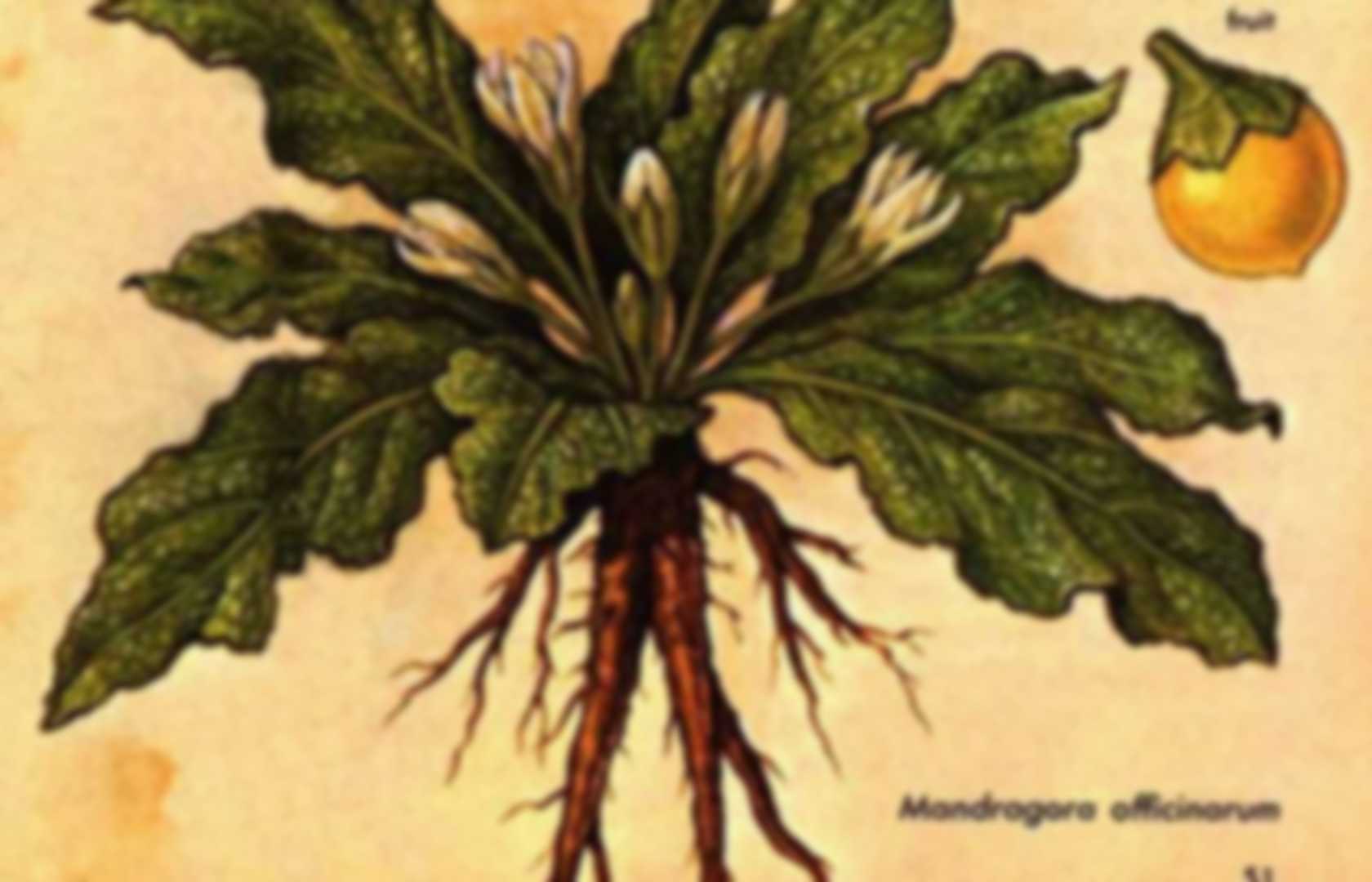

Rachel, who was as yet childless, accepts the trade, believing that the mandrakes would help her conceive at a later time. Leah then trades the mandrakes to Rachel in exchange for the opportunity to sleep with Jacob that night (Genesis 30:14–16). Leah’s son Reuben finds some mandrakes in the field and gives them to his mother. Rachel wants a child, and Leah wants more children. There, Jacob’s two wives, Rachel and Leah, vie for Jacob’s attention. The one other biblical account to speak of mandrakes is found in Genesis 30.
#MANDRAKE BIBLE FULL#
The description of this romantic time is full of beautiful imagery, including the mention of mandrakes in the verses that follow, as the husband and wife enjoy each other among the vineyards. Mandrakes are the fruit of the Mandragora officinarum, a member of the Solanaceae or potato order, closely allied to the Atropa belladonna. In this particular scene, the Shulammite invites King Solomon to join her for a sexual rendezvous out of doors in the early morning: “Let us go early to the vineyards / to see if the vines have budded, / if their blossoms have opened, / and if the pomegranates are in bloom- / there I will give you my love” (Song of Solomon 7:12). The entire description in verses 10–13 is of a romantic setting that enhances the desire of the husband and wife for each other. The mandrakes are providing a fragrance, and, given their reputation as an aphrodisiac, are suggestive of intimacy. (Ge 30:14, 15) While the Bible does not reveal her motive. This month is further confirmed by the mention of the mandrake plant fruit which even today, typically ripens in April or May. In this instance, meaning roughly the month of May. Events in ancient times were commonly dated by agricultural seasons. Rachel said to Leah, Give me some of your son's mandrakes. The Bible tells us that during the wheat harvest, Reuben brought mandrake plants home to Leah. Mandrakes were around them in the countryside, along with grapes, pomegranates, and “every delicacy” (Song of Solomon 7:13). The leaves of the mandrake (Mandragora officinarum) appear to grow directly from the taproot. Genesis 30:14 - At the time of the wheat harvest Reuben went out and found some mandrake plants in a field and brought them to his mother Leah. The book features over 40 step-by-step photographic instruction.
#MANDRAKE BIBLE HOW TO#
Readers will learn how to produce their own magic mushrooms quickly, safely, and effectively. The mention of mandrakes in the Song of Solomon is part of a romantic encounter between Solomon and his new wife. The Psilocybin Mushroom Bible details every step of the complex mushroom cultivation process, making it hands down the largest and most comprehensive book ever written on the subject. There are many references to mandrakes in folklore and superstitions in various cultures. In the ancient world, mandrake roots were considered an aphrodisiac and were commonly prepared and eaten as a fertility drug. Mandrakes have unusually large, forked roots that sometimes resemble a human body with open arms and legs. Mandrakes are mentioned in one passage in Genesis and once in Song of Solomon. In Song of Solomon 7:13 we read, “The mandrakes send out their fragrance, / and at our door is every delicacy, / both new and old, / that I have stored up for you, my beloved.” A mandrake is a short-stemmed, flowering plant in the nightshade family (and therefore related to the potato).


 0 kommentar(er)
0 kommentar(er)
